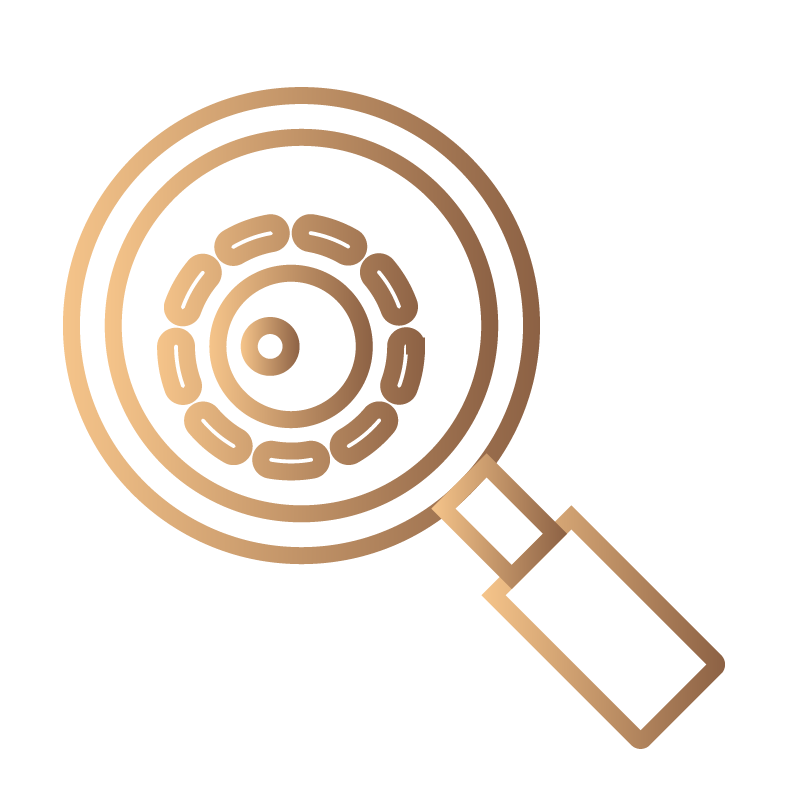A limited number of oocytes leads to fewer embryos available during assisted reproduction treatment, resulting in lower clinical pregnancy rates. In addition to the reduced number of oocytes, these cases are usually associated with a lower rate of oocyte maturation, poorer embryo quality, and a higher rate of cancellation of the assisted reproduction cycle. The existence of this phenomenon was discovered thanks to the expansion of assisted reproduction techniques, and it is estimated that between 9 and 25% of patients undergoing these treatments have low ovarian response,although it is difficult to calculate, since the primary cause of low ovarian response is low ovarian reserve, and this depends mainly on the age of the patient.
The aetiology of this condition is complex and is not yet understood in depth. Among the possible causes described is the depletion of ovarian follicles associated, as mentioned before, with advanced age, endometriosis, genetic and chromosomal alterations, previous ovarian surgeries, pelvic adhesions, metabolic and enzymatic diseases, autoimmune diseases, infections and pathologies caused by toxins.



